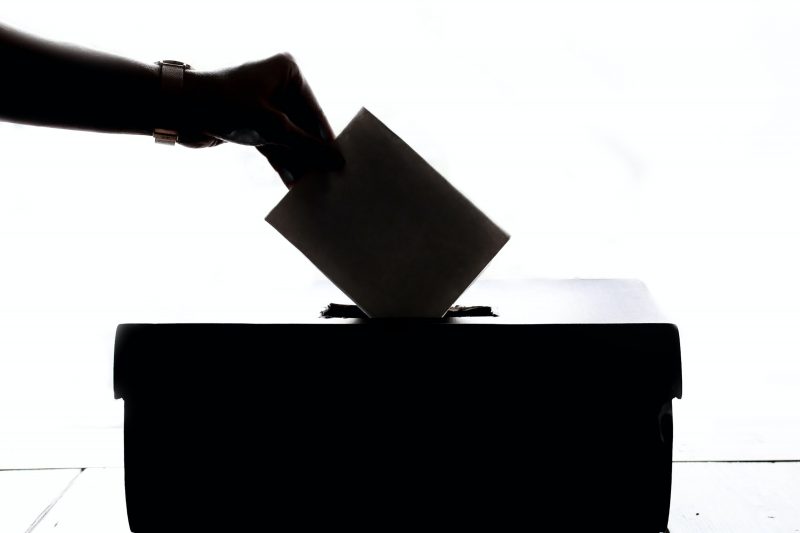The government’s decision to make valid forms of photo ID a requirement for voting has faced backlash.
The Government’s Decision
From 4th May onwards, voters in England will have to show a form of valid photo ID at polling stations in:
- Local elections
- Police and Crime Commissioner Elections
- UK parliamentary by-elections
- Recall elections
This rule will also then apply for voting in UK General Elections from October this year.
If you do not have a valid form of photo ID, you can apply for a Voter Authority Certificate free of charge here.
The reasoning for this decision is to help avoid electoral fraud and ensure that democratic process is followed with voting. However, the Electoral Commission found no evidence of large-scale electoral fraud in the last 5 years. In fact, there have only been 1,386 cases of alleged electoral fraud reported to police between 2018 and 2022, with only 9 convictions and 6 cautions issued by the police.
What this Decision Means…
According to the Electoral Commission’s Public Opinion Tracker of February 2022, 3% of Great Brits don’t have any form of photo ID. They also noted that those who didn’t own a valid form of voter ID were more likely to be from disadvantaged groups, including:
- 17% of people renting from their local authority
- 10% of people renting from a housing association
- 14% of those who were unemployed
- 8% of those who are a DE social grade *
- 7% of those with lower levels of education
*A DE social grade is those in semi-skilled and unskilled manual occupations, those who are unemployed, and those in the lowest grade occupations.
As you can see here, the government’s decision runs the risk of effectively disenfranchising those from disadvantaged groups, inviting criticism from some individuals and groups…
Criticisms of Voter ID
David Davis, a former Conservative cabinet minister has called for the government to at least delay the introduction of their new voter ID rules to avoid many people being potentially restricted from voting. This is a particularly prominent point given that the May local elections are just around the corner.
“I would at the very least delay it and say, “look we will do this in due course when we’ve got enough of the people in that vulnerable group covered””
“If they do that, at least it avoids the worst outcome which is thousands, tens of thousands, even hundreds of thousands of people are prevented from voting and exercising their democratic right”
Further to this, Electoral Reform have deemed it “an expensive distraction”:
“It’s not just those without ID that will have to pay up. The government’s own figures suggest the scheme will cost up to £180,000,000 extra a decade. We’ll all pay – and for what? Making it slower to vote – as poll workers try to match passports with ten-year-old photos to their owners and driving licenses that are still in voters’ maiden names. Should already over-stretched council workers be able to turn people away from polling stations due to bureaucratic errors?”
Polly Toynbee, a Guardian columnist, has also drawn attention to the unfairness of the government’s list of forms of acceptable voter ID, writing:
“Are you surprised that the list includes all kinds of acceptable ID held by older voters, but that the ID the young might have has been struck out? The whole purpose is to make it harder for young people, poor people and those who often move home to vote”
This is an interesting point given that voters aged 70 and over are 3 times more likely to vote Conservative than those in the 18-24 age band. It is significant that the government’s decision to implement voter ID mainly affects those who are lower income and younger aged, as these groups are less likely to vote for the current government to stay in power.
